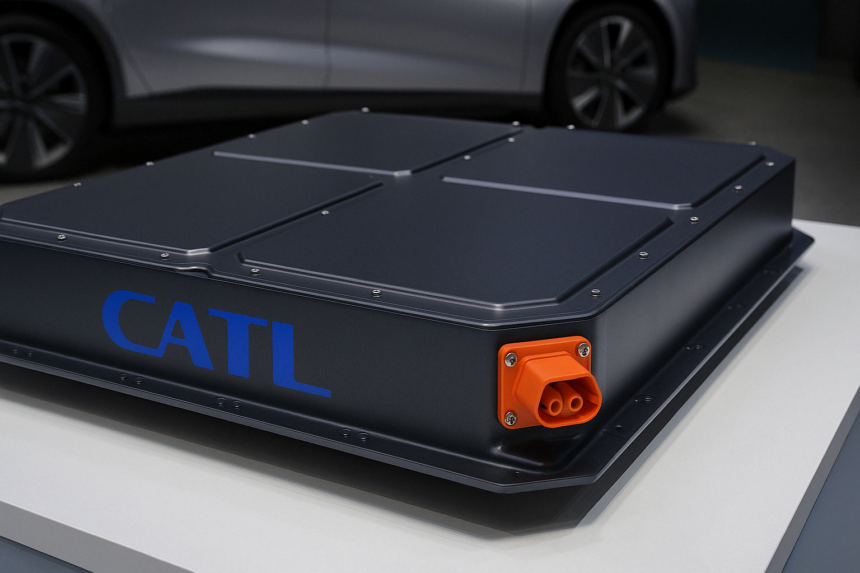The world of electric vehicles (EVs) is set for a dramatic shift with the announcement from Contemporary Amperex Technology Co. Limited (CATL), the globe’s largest EV battery producer. CATL has introduced a revolutionary new battery technology that offers a staggering 932 miles of range—far beyond what most current EV batteries provide. With this breakthrough, CATL is poised to transform the EV market, offering drivers an even longer range and reducing the range anxiety that often comes with owning an electric vehicle.
What’s Happening & Why This Matters
At a press conference ahead of the Shanghai Auto Show, CATL unveiled their Freevoy Dual-Power Battery. Unlike traditional EV batteries, this innovative design incorporates two distinct energy zones: one for daily driving needs and another for long-distance travel. This multi-zone approach represents a fundamental shift in how EV battery range limitations are approached. By offering an extended range capability, the new battery system solves a critical problem for consumers who rely on EVs for longer trips.
The dual-power system operates by using multiple chemistries, including Nickel Cobalt Manganese (NCM) and Lithium Iron Phosphate (LFP), alongside CATL’s self-forming anode technology, which increases the energy density of the battery by 60%. This technology provides a more reliable power supply for autonomous vehicles, especially for Level 3 and Level 4 autonomous driving systems, which require more energy than typical systems used by brands like Tesla.
While the new technology sounds promising, there are still unanswered questions, such as the battery’s cost and availability. CATL has not disclosed when this technology will be publicly available, and US consumers may face additional challenges due to the ongoing tariffs imposed by the previous administration. As the global EV market heats up, innovations like CATL’s could help shape the future of electric mobility.
CATL’s Big Plans

Aside from the Freevoy Dual-Power Battery, CATL also teased two other impressive technologies. The second-generation Shenxing battery is a significant upgrade from the 2023 version and boasts an impressive 497-mile range and the ability to charge 323 miles in just five minutes. This advancement could virtually eliminate charging frustrations for EV owners, though these ultra-fast charging speeds require specialized megawatt chargers, which are still rare on most roads, especially in the US.
Another exciting innovation from CATL is their Naxtra battery, which is set to be the world’s first mass-produced sodium-ion battery. Sodium-ion batteries are expected to provide higher energy density, greater longevity, and lower costs due to the use of sodium instead of lithium, reducing dependence on lithium resources.
TF Summary: What’s Next
The development of CATL’s 930-mile battery and other innovative technologies marks a major step forward in the world of electric vehicles and battery technology. These advancements could change the way EVs are used, offering longer ranges and faster charging times. As global demand for EVs continues to rise, technologies like these will be crucial in reducing barriers to adoption, especially for consumers who rely on their cars for long-distance travel.

The rollout of these innovations may depend on various factors, including cost, regulatory hurdles, and production timelines. However, CATL’s push towards creating reliable and sustainable energy sources for the automotive industry makes it clear that they are focused on shaping the future of electric mobility.
— Text-to-Speech (TTS) provided by gspeech


